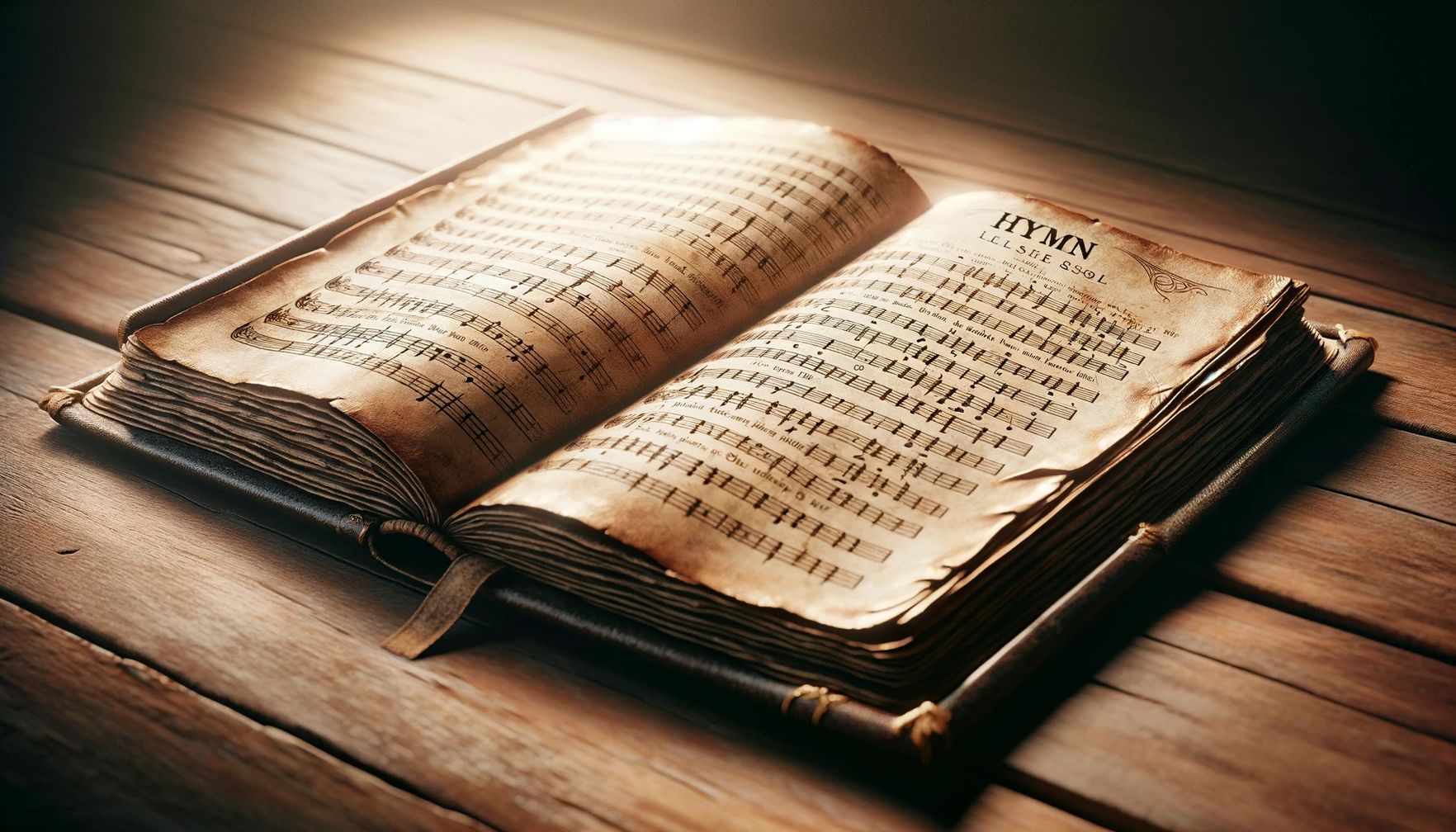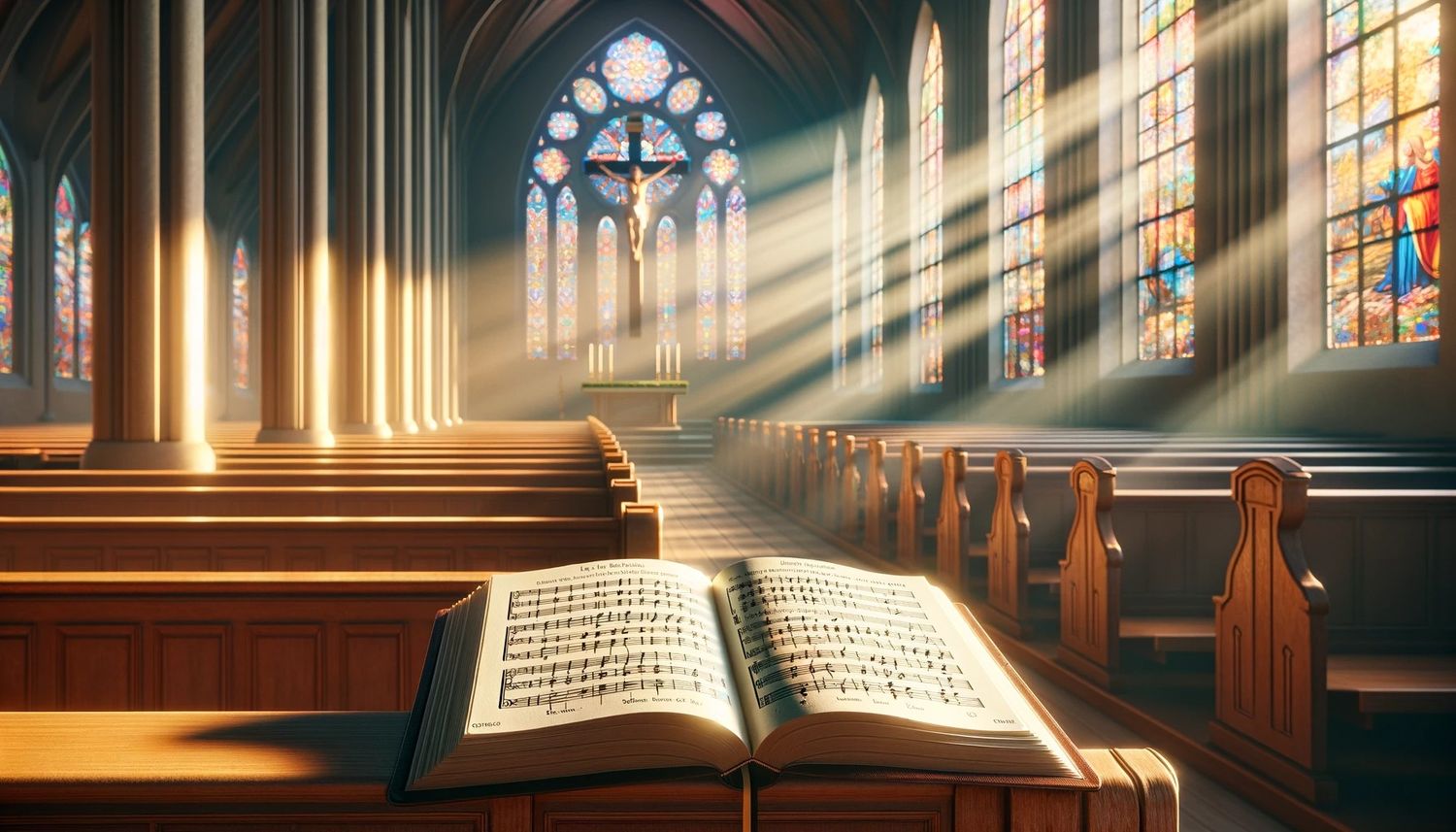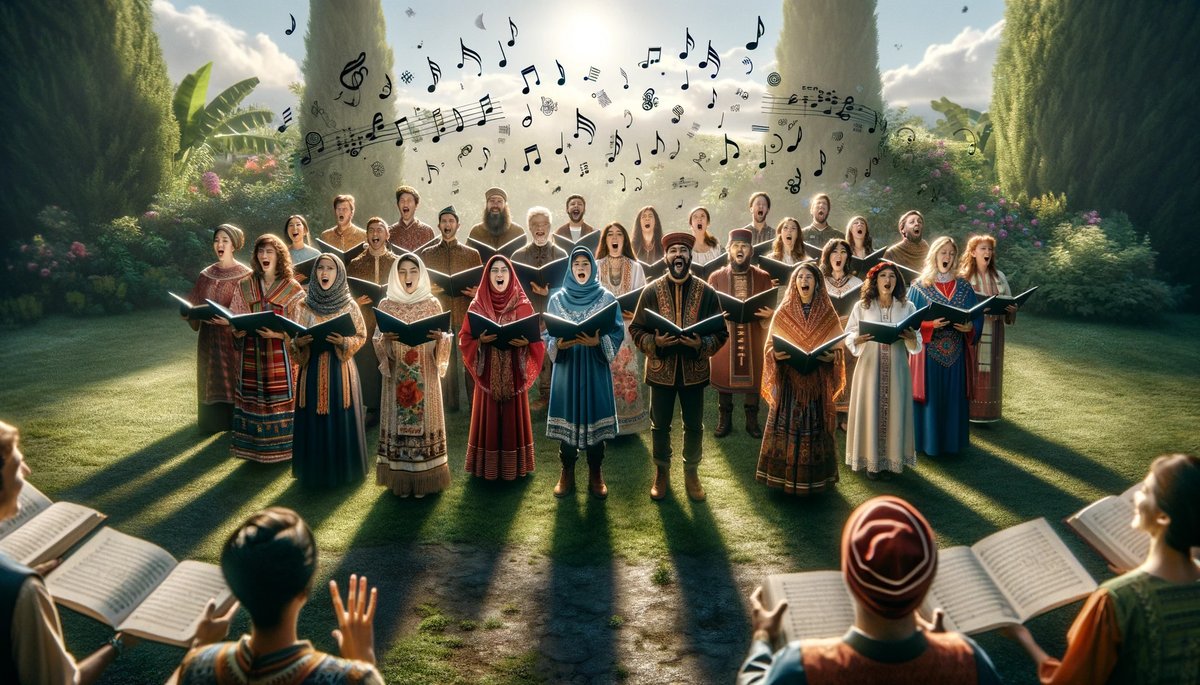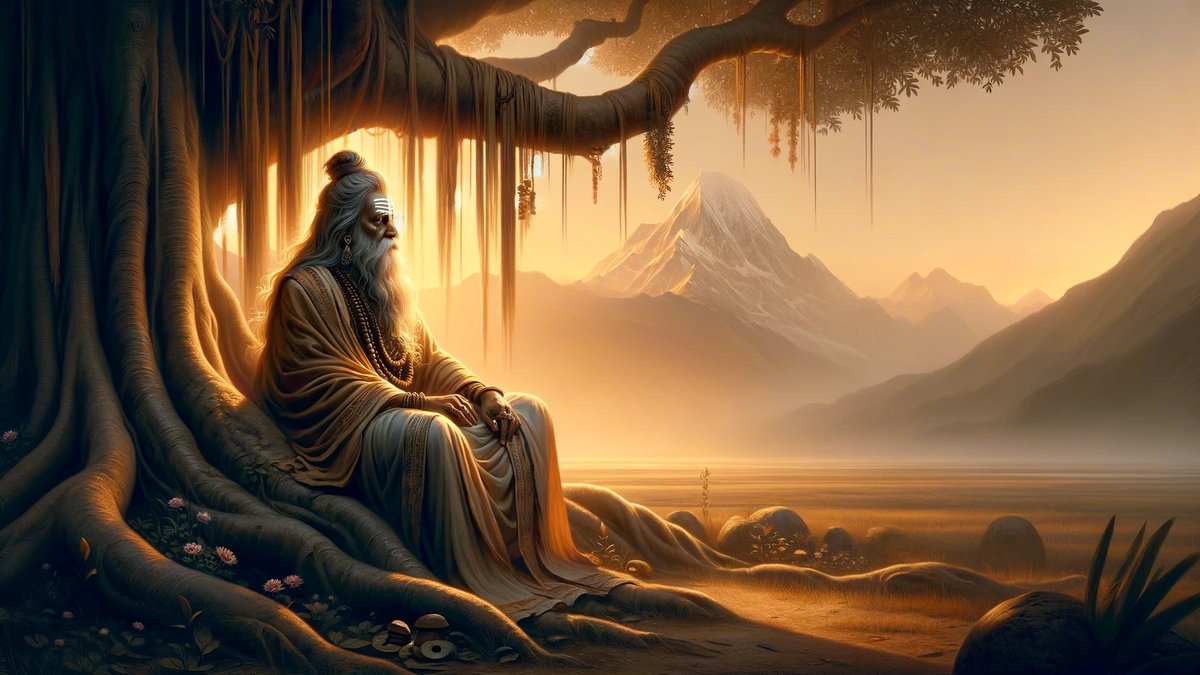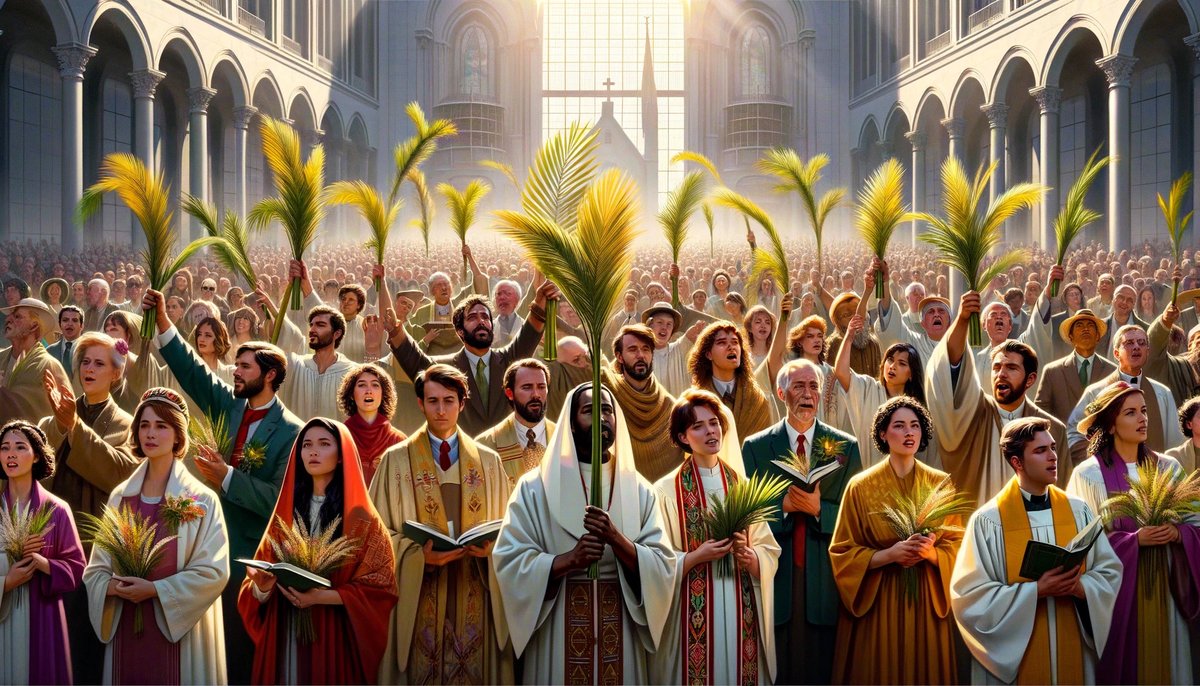Home>Arts and Culture>The Prayers And Hymns Of The Vedas Were The Creation Of What Ancient Civilization?
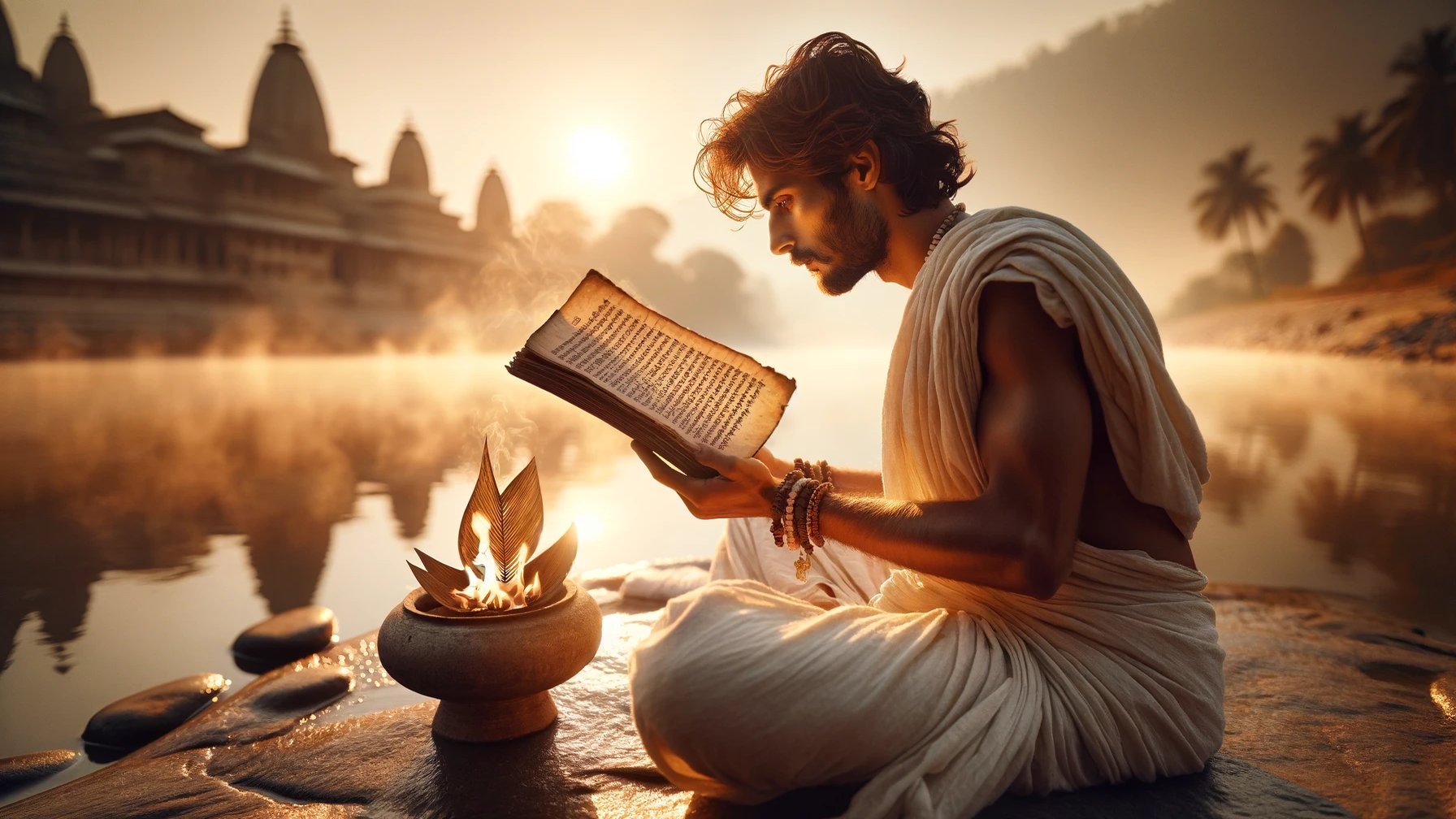

Arts and Culture
The Prayers And Hymns Of The Vedas Were The Creation Of What Ancient Civilization?
Published: March 7, 2024
Ericka Andersen, an editor at Christian.net, expertly merges digital strategy with content creation, focusing on faith and societal issues. Her communication skills enhance the platform's engaging narratives, fostering meaningful dialogue on belief's impact on society.
Explore the ancient civilization behind the creation of the prayers and hymns of the Vedas, delving into the rich arts and culture of this historical era. Uncover the origins of these revered texts and their significance.
(Many of the links in this article redirect to a specific reviewed product. Your purchase of these products through affiliate links helps to generate commission for Christian.net, at no extra cost. Learn more)
Table of Contents
Introduction
The prayers and hymns of the Vedas were the creation of the ancient civilization of India. The Vedas, which are among the oldest sacred texts of Hinduism, contain a collection of hymns and prayers that were composed by the ancient sages of the Vedic civilization. These texts hold immense significance in the history of religion and have played a pivotal role in shaping the religious practices of Hinduism. In this article, we will delve into the origins of Vedic prayers and hymns, explore the influence of the Vedic civilization on religious practices, and examine the impact of Vedic prayers and hymns on modern Hinduism.
Read more: What Hymns Were Sung At The Royal Wedding
The Origins of Vedic Prayers and Hymns
The origins of Vedic prayers and hymns can be traced back to the ancient civilization of India, known as the Vedic civilization. The Vedic texts, which include the Rigveda, Samaveda, Yajurveda, and Atharvaveda, are the repositories of these sacred hymns and prayers. These texts are believed to have been composed between 1500 BCE and 500 BCE, making them some of the oldest religious scriptures in the world. The hymns and prayers found in the Vedas were not only religious in nature but also served as a means of preserving and transmitting knowledge, traditions, and cultural practices within the Vedic society.
The Vedic prayers and hymns were primarily composed in the ancient Sanskrit language, and they were recited and chanted during religious rituals and ceremonies. The hymns were dedicated to various deities such as Agni, Indra, Varuna, and Soma, and they sought to invoke the blessings of these gods for the welfare and prosperity of the community. The Rigveda, in particular, contains a rich collection of hymns that are devoted to praising the powers and attributes of different deities, reflecting the spiritual and philosophical insights of the Vedic sages.
The composition of Vedic prayers and hymns was not limited to a single author or period but was a cumulative effort spanning generations. The sages, or rishis, of the Vedic civilization were responsible for transmitting these hymns orally from one generation to the next, ensuring their preservation and continuity. The oral tradition of reciting the Vedas was a sacred duty entrusted to the Brahmin priests, who underwent rigorous training to accurately preserve the pronunciation and intonation of the hymns. This oral tradition played a crucial role in safeguarding the authenticity and sanctity of the Vedic prayers and hymns over centuries.
The Vedic civilization's reverence for nature, cosmic forces, and the divine manifested in the hymns and prayers of the Vedas. The sages expressed their awe and gratitude for the natural elements, seasons, and celestial phenomena through these sacred compositions, reflecting a deep spiritual connection with the universe. The hymns also conveyed the Vedic people's aspirations for prosperity, protection, and enlightenment, embodying their profound spiritual and existential quest.
In summary, the origins of Vedic prayers and hymns lie in the ancient civilization of India, where the sages composed these sacred verses as a means of spiritual expression, devotion to deities, and preservation of cultural heritage. The Vedic texts continue to be revered as a source of spiritual wisdom and insight, carrying the legacy of the ancient civilization's profound religious and philosophical heritage.
The Role of Vedic Civilization in Shaping Religious Practices
The Vedic civilization played a pivotal role in shaping religious practices, not only within the Indian subcontinent but also in influencing the development of broader religious traditions. The religious practices of the Vedic civilization were deeply intertwined with the performance of rituals, ceremonies, and sacrifices, all of which were accompanied by the recitation of Vedic prayers and hymns. These rituals, known as yajnas, were conducted by the Brahmin priests and were considered essential for maintaining cosmic order, appeasing the deities, and ensuring the well-being of the community.
The Vedic civilization’s religious practices were characterized by a profound reverence for the divine forces present in nature and the cosmos. The hymns and prayers of the Vedas were instrumental in fostering this spiritual connection with the natural elements, celestial bodies, and the metaphysical realm. The rituals and sacrifices performed in accordance with Vedic injunctions were believed to establish a harmonious relationship between the human realm and the divine, thereby upholding the cosmic order, or rta, which governed the universe.
Furthermore, the Vedic civilization’s emphasis on the performance of sacrificial rituals and the recitation of Vedic hymns laid the foundation for the hierarchical division of society into four varnas, or social classes. The Brahmins, as the custodians of Vedic knowledge and rituals, occupied the highest position in this social hierarchy and were entrusted with the responsibility of officiating religious ceremonies, teaching the Vedas, and upholding religious traditions. This societal structure, as delineated in the Vedic texts, exerted a profound influence on the religious, social, and cultural fabric of ancient Indian society.
Moreover, the Vedic civilization’s religious practices contributed to the evolution of philosophical thought and the formulation of ethical principles. The hymns and prayers of the Vedas not only extolled the virtues of truth, righteousness, and moral conduct but also contemplated the nature of existence, the purpose of life, and the ultimate reality. The philosophical underpinnings embedded in the Vedic texts laid the groundwork for the development of diverse philosophical schools in later periods, shaping the intellectual landscape of Indian spirituality.
It is important to recognize that the religious practices of the Vedic civilization were not static but underwent transformation and reinterpretation over time. The influence of the Vedic tradition extended beyond the boundaries of ancient India, permeating the religious ethos of various regions and cultures. The enduring legacy of Vedic religious practices is evident in the continuity of rituals, the veneration of Vedic deities, and the preservation of Vedic knowledge within the framework of Hinduism and its myriad expressions.
In essence, the Vedic civilization’s profound impact on religious practices is manifested in its contribution to ritualistic traditions, the conceptualization of cosmic order, the structuring of social hierarchy, the cultivation of philosophical inquiry, and the enduring legacy of its religious heritage.
The Influence of Vedic Prayers and Hymns on Modern Hinduism
The influence of Vedic prayers and hymns on modern Hinduism is profound and pervasive, shaping the religious, spiritual, and cultural landscape of contemporary Hindu practices. The Vedas, as the repository of these ancient prayers and hymns, continue to exert a significant influence on the beliefs, rituals, and theological outlook of Hinduism, serving as the foundational bedrock of the faith.
-
Continuity of Rituals: The Vedic prayers and hymns form the basis of many rituals and ceremonies that are integral to modern Hindu religious observance. The performance of yajnas, the chanting of Vedic mantras, and the recitation of hymns during religious rites are all reflective of the enduring legacy of Vedic religious practices. These rituals, which are deeply rooted in the Vedic tradition, are preserved and perpetuated in contemporary Hindu worship, underscoring the enduring influence of Vedic prayers and hymns.
-
Veneration of Vedic Deities: The deities extolled in the Vedic hymns continue to be venerated in modern Hinduism. Deities such as Agni, Indra, Varuna, and Soma, who are prominently featured in the Vedic texts, hold a revered status in Hindu pantheon. The attributes, myths, and symbolism associated with these deities, as depicted in the Vedic hymns, have permeated the religious consciousness of Hindu devotees, shaping their devotional practices and theological understanding.
-
Preservation of Vedic Knowledge: The preservation and transmission of Vedic knowledge, including the prayers and hymns, have been safeguarded through the oral tradition and scholarly exegesis. The recitation and study of the Vedas, including the chanting of Vedic mantras, continue to be integral to the training of Brahmin priests and the perpetuation of Vedic learning. The preservation of Vedic knowledge underscores the enduring significance of Vedic prayers and hymns in maintaining the religious and cultural heritage of Hinduism.
-
Philosophical and Spiritual Insights: The philosophical and spiritual insights embedded in the Vedic prayers and hymns have left an indelible imprint on the theological and metaphysical outlook of modern Hinduism. The contemplation of cosmic principles, the pursuit of spiritual enlightenment, and the quest for existential meaning, as articulated in the Vedic texts, continue to inform the philosophical underpinnings of Hindu thought. The profound metaphysical inquiries and spiritual aspirations expressed in the Vedic hymns resonate with the enduring quest for transcendence and self-realization within Hindu spirituality.
-
Syncretic Adaptation: While the Vedic prayers and hymns form the bedrock of Hindu religious tradition, their influence has also been assimilated and adapted within the diverse tapestry of Hindu practices. The synthesis of Vedic rituals with regional customs, the incorporation of Vedic deities into local pantheons, and the reinterpretation of Vedic symbolism within various sects and lineages exemplify the dynamic and syncretic nature of Vedic influence on modern Hinduism.
In summary, the influence of Vedic prayers and hymns on modern Hinduism is multifaceted, encompassing the continuity of rituals, the veneration of Vedic deities, the preservation of Vedic knowledge, the infusion of philosophical insights, and the adaptive resilience within the evolving landscape of Hindu religious expression. The enduring resonance of Vedic prayers and hymns underscores their enduring significance as a cornerstone of Hindu religious and spiritual identity.
Conclusion
The prayers and hymns of the Vedas, originating from the ancient civilization of India, have left an indelible mark on the religious, spiritual, and cultural tapestry of Hinduism. The Vedic civilization's profound reverence for the divine, its ritualistic traditions, its philosophical inquiry, and its preservation of sacred knowledge have all contributed to the enduring legacy of Vedic prayers and hymns. These ancient compositions continue to resonate in modern Hinduism, shaping the religious practices, theological outlook, and devotional expressions of millions of adherents. The Vedic prayers and hymns stand as a testament to the enduring spiritual heritage of the ancient civilization, serving as a source of inspiration, wisdom, and transcendence for generations to come.




